During a recent walk in the park, I gathered a handful of vibrant green spruce tips. Their fresh, citrusy flavour is not only delightful but also packed with nutrients. Sharing them with my 4-year-old was a joy—he eagerly tasted them, his face contorting with the sourness, yet reaching for more.
Expressing gratitude to the tree after foraging felt natural. It was one of the most fulfilling walks I’ve had in months.
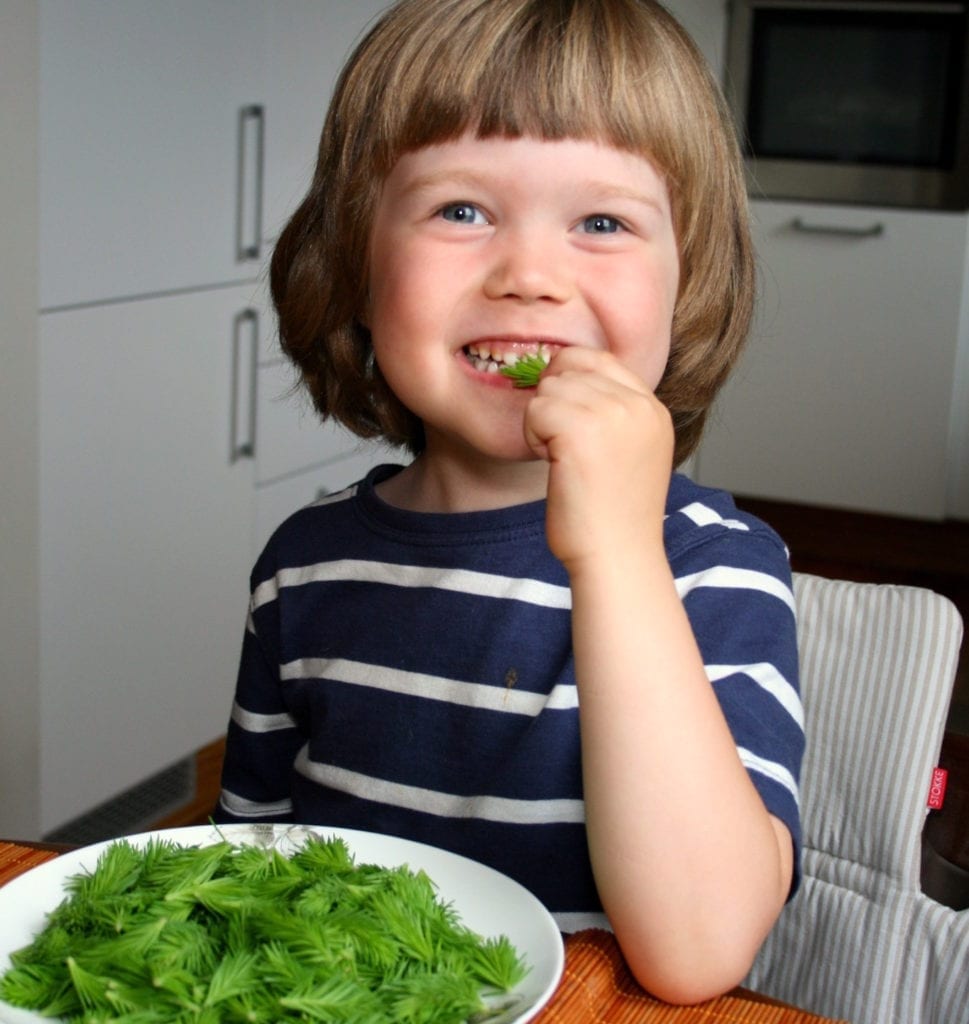
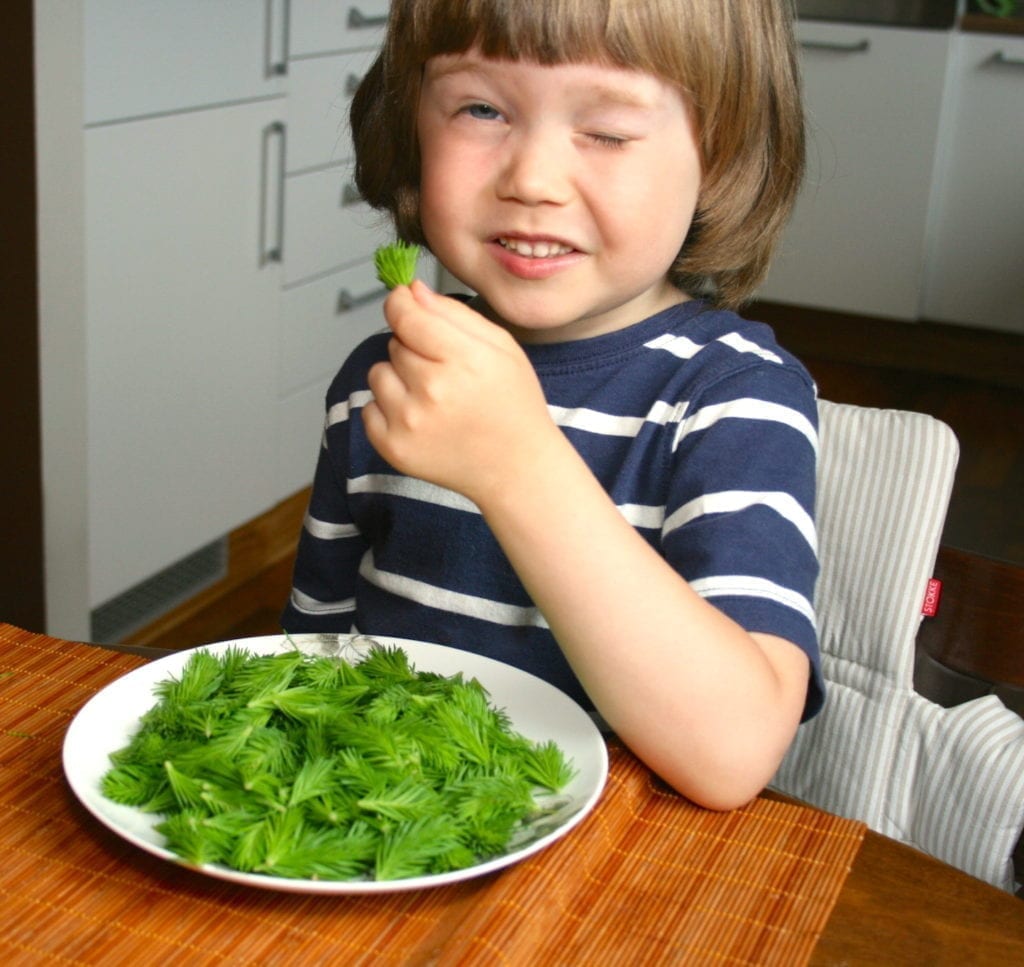
Where Do Spruce Trees Grow?
Spruce trees (genus Picea) are native to the northern temperate and boreal regions of the Northern Hemisphere. They thrive in:
- North America: From Alaska across Canada to the northeastern United States.
- Europe: Widely across Scandinavia, the Alps, and Eastern Europe.
- Asia: Including parts of Siberia, the Himalayas, and northern Japan.
These trees are well-adapted to cold climates and are commonly found in taiga and mountainous regions.
What Are Spruce Tips?
Spruce tips are the young, tender shoots that emerge at the ends of spruce branches in spring. Their bright green hue and soft texture make them easily distinguishable from mature needles.
Benefits of Eating Spruce Tips
Rich in Vitamin C
Spruce tips are exceptionally high in vitamin C, a vital antioxidant that supports immune function, collagen synthesis, and adrenal health. Consuming them fresh, frozen, or dried can help maintain adequate vitamin C levels, especially during winter months.
Abundant in Carotenoids
These young shoots contain carotenoids, including beta-carotene, which the body converts into vitamin A. This nutrient is essential for vision, immune response, and skin health.
Mineral-Rich
Spruce tips are a good source of minerals like potassium and magnesium, which are crucial for muscle function, nerve transmission, and maintaining fluid balance.
Traditional Respiratory Remedy
Historically, indigenous communities have used spruce tips to alleviate respiratory ailments such as coughs and sore throats, owing to their expectorant and soothing properties.
High in Chlorophyll
The vibrant green colour of spruce tips indicates a high chlorophyll content, which aids in tissue repair, detoxification, and oxygen transport in the body.
8+ Ways to Use Spruce Tips
- Fresh Snacking
Enjoy them raw for a zesty, citrus-like flavour. Freeze them for longer keeping. - Smoothies and Salads
Chop and add them to smoothies or salads for a nutritional boost. For example add them to Kiwi-Avocado Smoothie - Herbal Tea
Steep dried tips in hot water to make a soothing tea that can help with respiratory issues. - Culinary Herb Substitute
Use them in place of rosemary to season dishes like soups, stews, and roasted vegetables. - Infused Water
Add chopped tips to water and let it infuse for a refreshing, vitamin-rich drink. - Season your soups, pastas, stews, curries etc. with chopped spruce tips. It is also a great way to enhance mineral absorption from grains and legumes. Recipe ideas: artichoke-bean stew, tortilla bowls.
- Pesto
Blend spruce tips with nuts, garlic, lemon juice, and olive oil for a unique pesto. Here’s my vegan oil-free pesto with spruce tips, pine nuts, basil, and nutritional yeast. - Sautéed Dishes
Incorporate them into sautéed mushrooms or other vegetable dishes for added flavour. For example, try out sautéed mushrooms with spruce tips and chives. - Fermented or Pickled
Preserve them by pickling, which can enhance their flavour and extend their shelf life.
Note: While some enjoy spruce tip syrup, be mindful of the high sugar content, which can negate some health benefits.
How to Forage Spruce Tips Responsibly
Here’s how it is advised to pick spruce tips:
- Distance from Pollution:
Harvest at least 100 metres away from roads to avoid contaminants.
- Sustainable Picking:
Only take a few tips from each tree and avoid over harvesting from a single branch to ensure the tree’s healthy growth.
- Selective Harvesting:
Focus on shaded, lower branches, which are less vital to the tree’s upward growth. [source video]
- Proper Identification:
Ensure you’re picking spruce tips and not those from potentially harmful trees like yew.
- Mindful Foraging:
Before harvesting, take a moment to connect with the tree. Ask for permission and, after collecting, express gratitude. This practice fosters a respectful relationship with nature.
By following these guidelines, you can enjoy the benefits of spruce tips while preserving the health of the trees and the ecosystem.
Sources:
- https://www.britannica.com/plant/spruce
- https://treespnw.forestry.oregonstate.edu/conifer_genera/spp/spruce_spp.html
- https://urbanipm.montana.edu/entomology/resources/fact-sheets/spruce-trees-in-montana.html
- Sirgedaitė-Šėžienė V, Lučinskaitė I, Mildažienė V, Ivankov A, Koga K, Shiratani M, Laužikė K, Baliuckas V. Changes in Content of Bioactive Compounds and Antioxidant Activity Induced in Needles of Different Half-Sib Families of Norway Spruce (Picea abies (L.) H. Karst) by Seed Treatment with Cold Plasma. Antioxidants (Basel). 2022 Aug 11;11(8):1558. doi: 10.3390/antiox11081558. PMID: 36009278; PMCID: PMC9405162. https://pmc.ncbi.nlm.nih.gov/articles/PMC9405162/
- Jyske T, Järvenpää E, Kunnas S, Sarjala T, Raitanen JE, Mäki M, Pastell H, Korpinen R, Kaseva J, Tupasela T. Sprouts and Needles of Norway Spruce (Picea abies (L.) Karst.) as Nordic Specialty-Consumer Acceptance, Stability of Nutrients, and Bioactivities during Storage. Molecules. 2020 Sep 12;25(18):4187. doi: 10.3390/molecules25184187. PMID: 32932686; PMCID: PMC7570650. https://pmc.ncbi.nlm.nih.gov/articles/PMC7570650/
- https://www.maine.gov/dacf/mfs/publications/handbooks_guides/forest_trees/pdf/Spruce.pdf
- https://canadianpinepollen.com/en-eu/blogs/news/spruce-tips-pine-needles-and-vitamin-c-everything-you-need-to-know
- https://www.calicoandtwine.com/blog/spruce-tips-benefits-and-uses
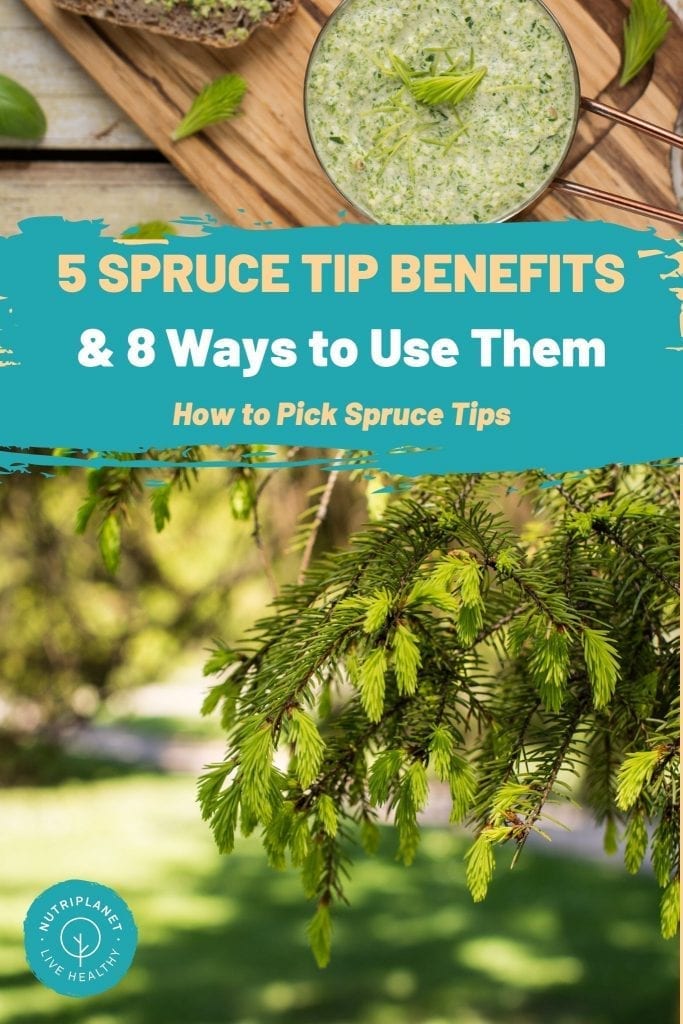



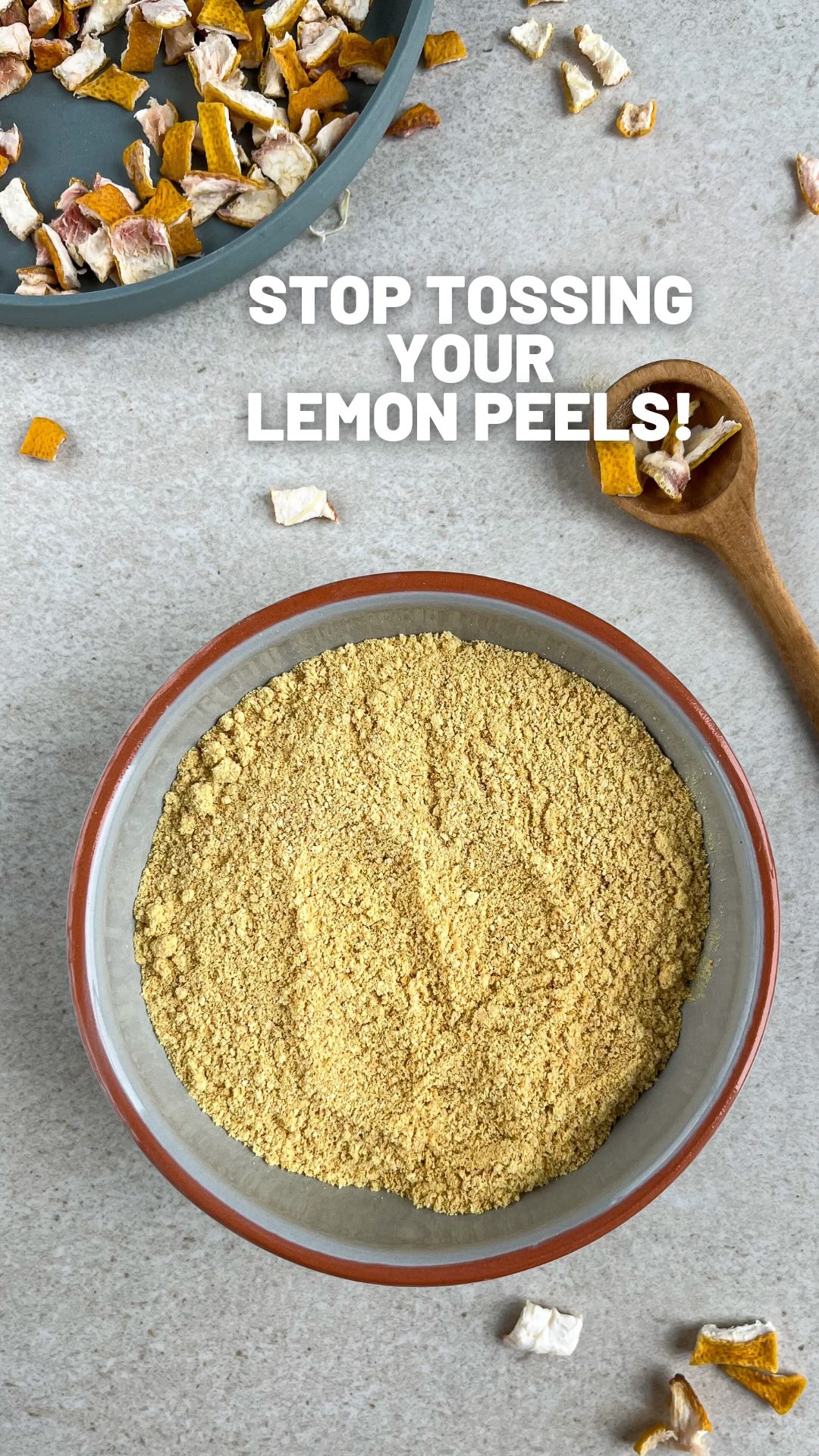
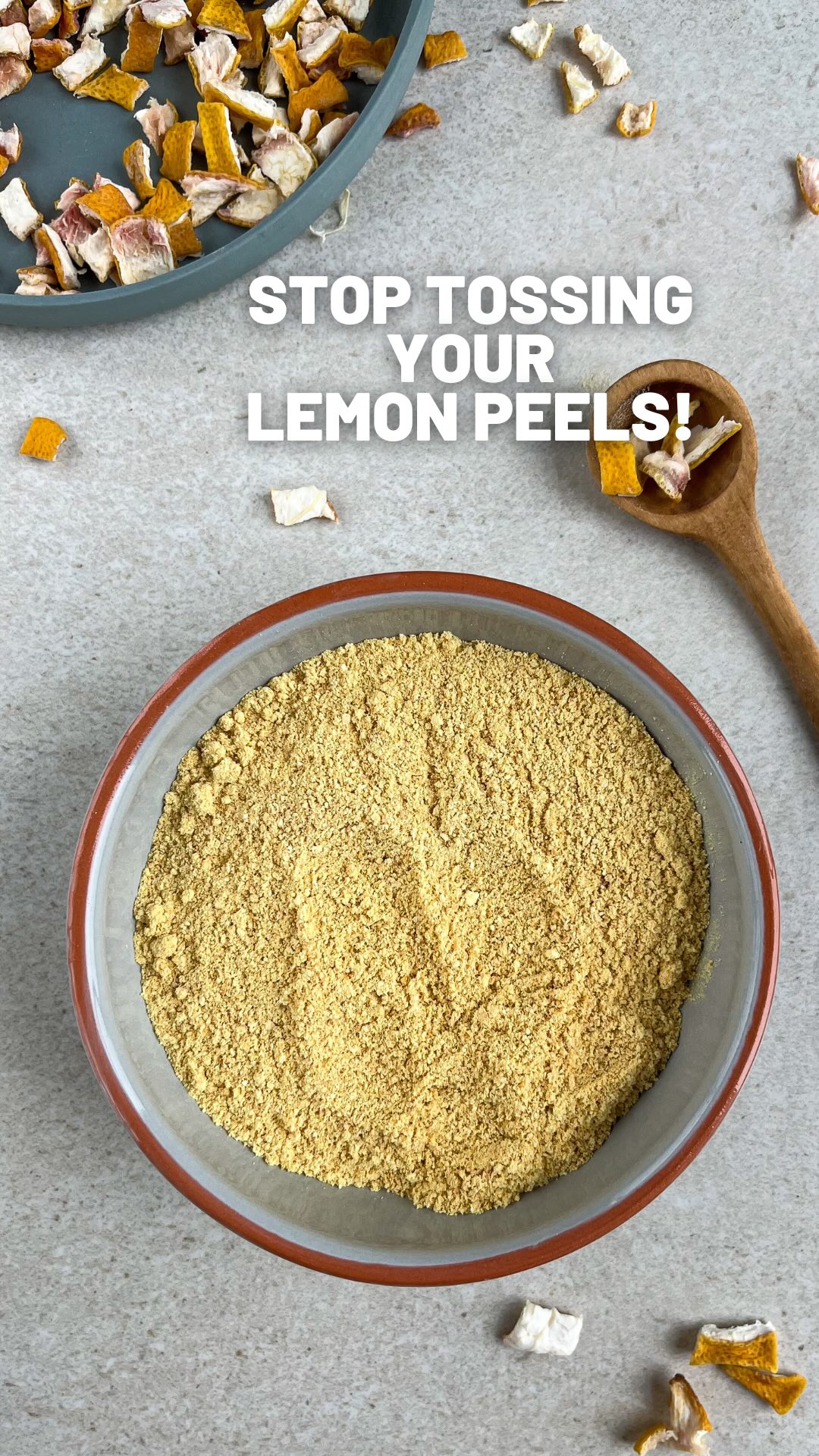

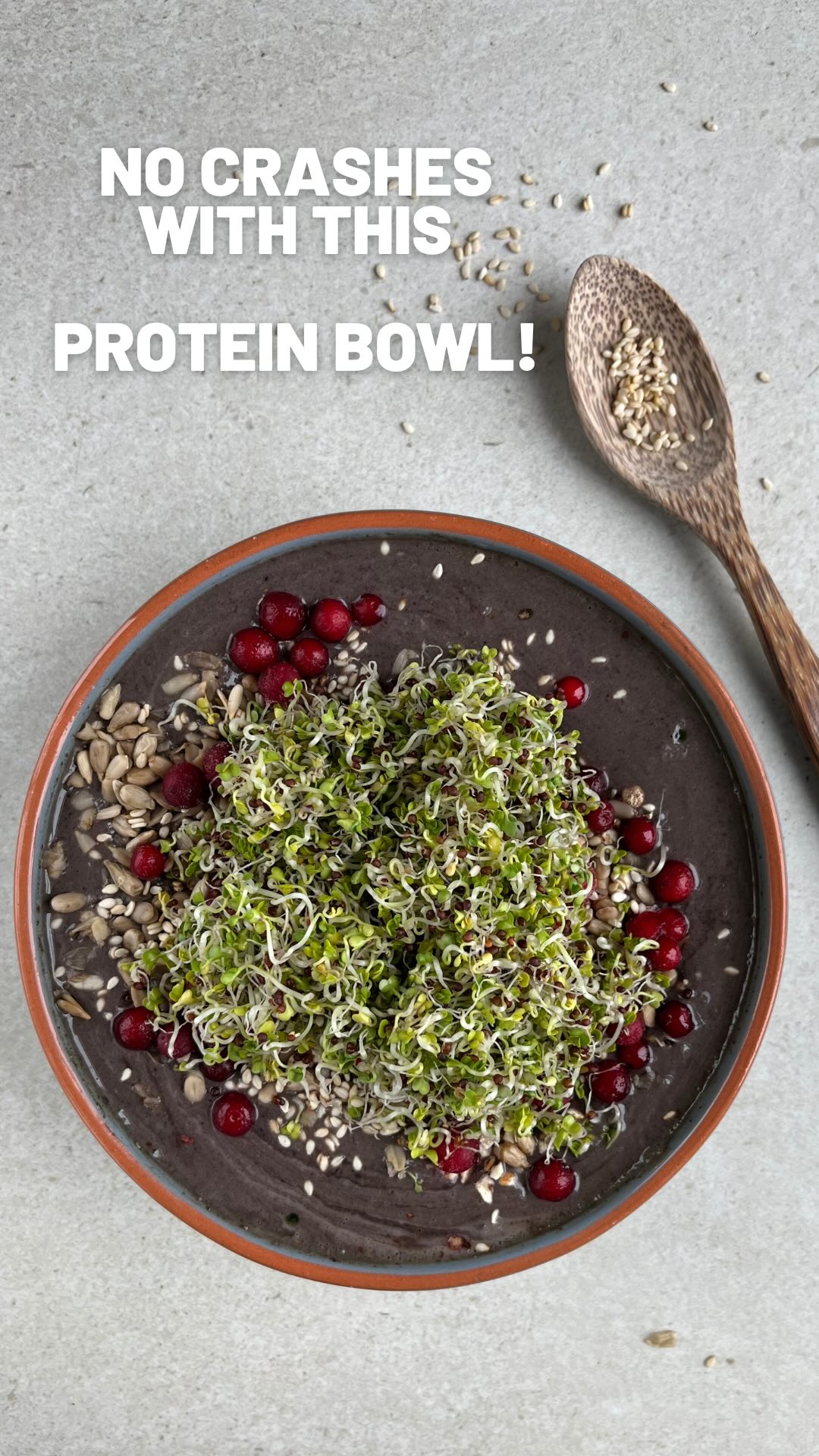











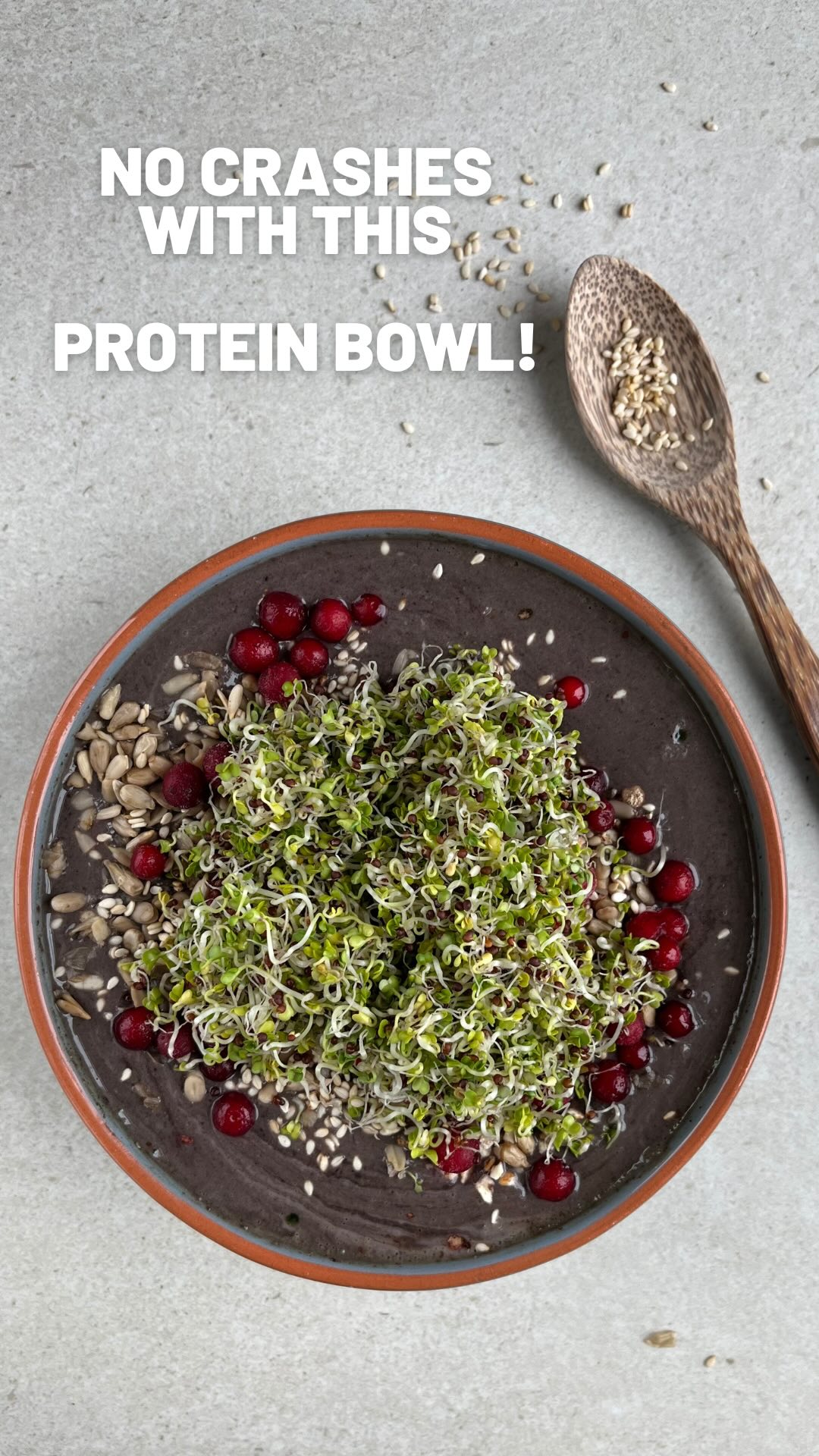



















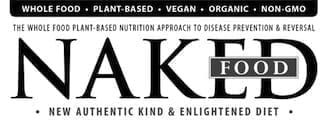
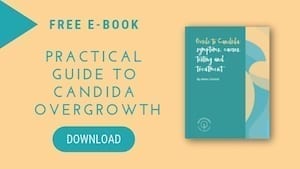

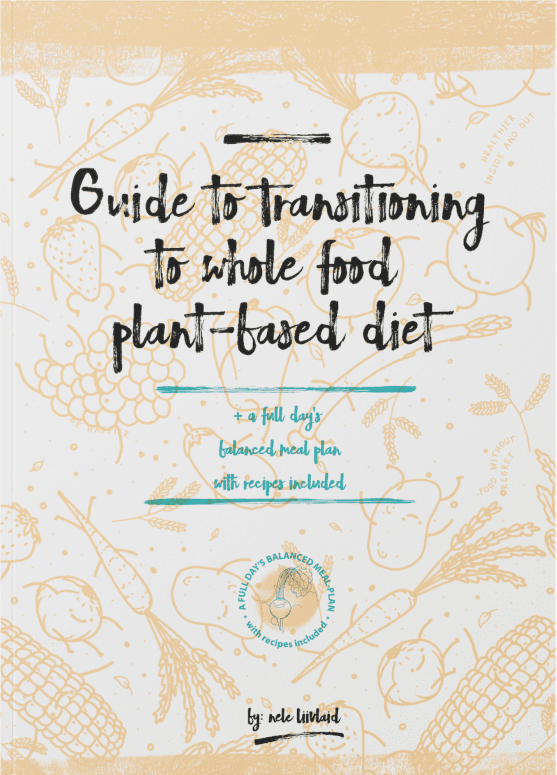
Thank you, Nele, For this awesome article! I have used spruce tips in homebrewing and nibbled on them when hiking, but not in a purposeful, healing way yet! Quick tip: the best time to harvest spruce tips is in the early spring, as soon as the tree’s sap starts flowing again… that way, you are ensured to get all the nutrients and the most flavorful harvest! I also know that Hawthorne trees (especially the berries) are medicinally useful and have used them in tinctures I have made. I recently ran across an awesome book that is now a propitious addition to my herbal bookshelf; The Lost Book of Herbal Remedies”, by Claude Davis & Dr. Nicole Apelian. I watched the video Dr. Apelian did about the book and was hooked! I even bought three copies to give away as Christmas/Solstice gifts!
Live with Joy & Health!
-Justin Baker
Hi great article! Can spruce pollen be consumed in the same manner as pine pollen? Thanks in advance.
Hi! I’m afraid I don’t have an answer for that!
Hi – Love this article. Thank you!
Please educate your readers about sustainable harvesting. Improperly harvesting conifer tips can damage trees.
The YouTube link below is a good primer for harvesting spruce tips and includes a full written transcript.
“Every tip that’s picked is pruning the tree. That tip will not grow back. So don’t pick too many spruce tips from one branch.”
Thank you Penny! I updated the “How to pick” section and referred to the video you recommended. It was very useful!
Pingback: TRIP REPORT | DAY HIKING | BOURGEAU LAKE
Pingback: Spring and Foraging | Sketchbooks and Dandelion Jam